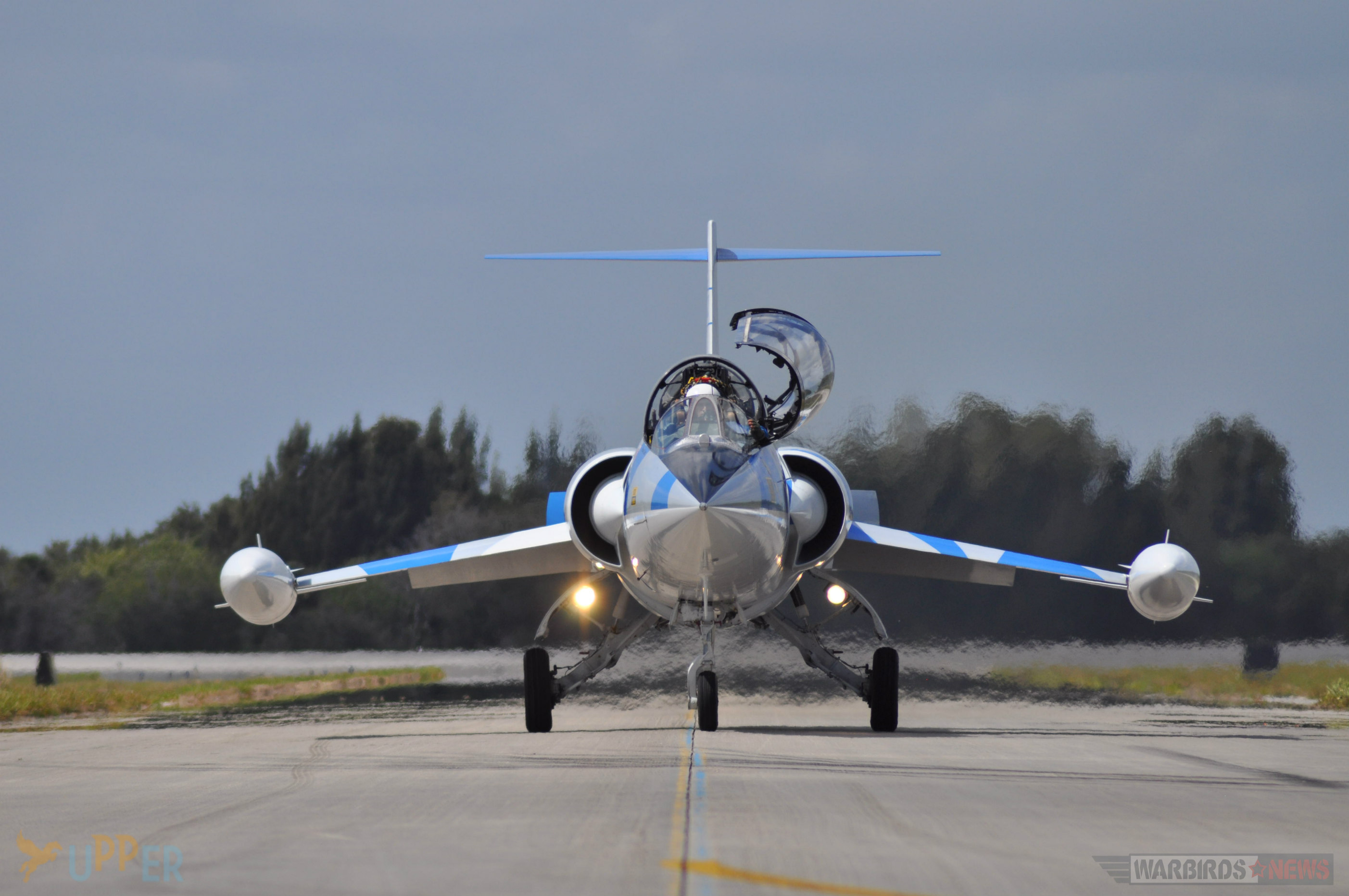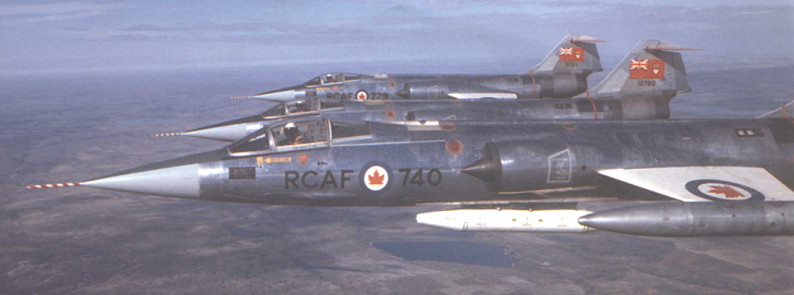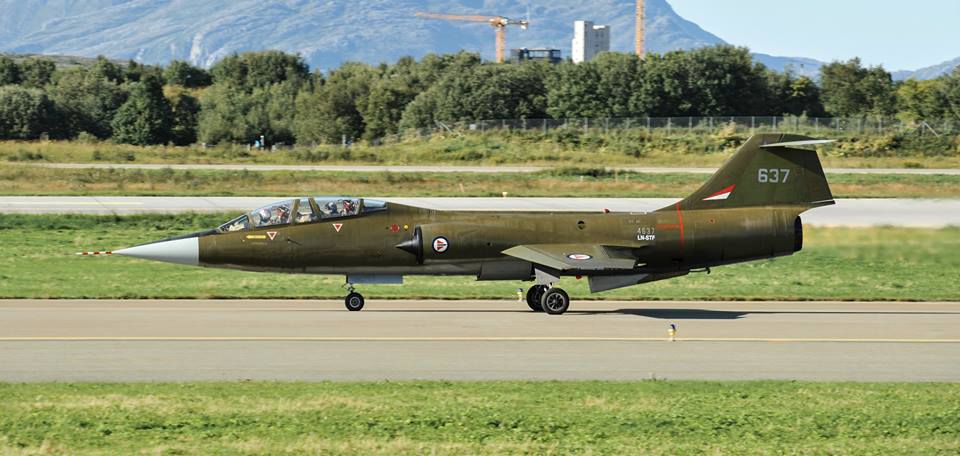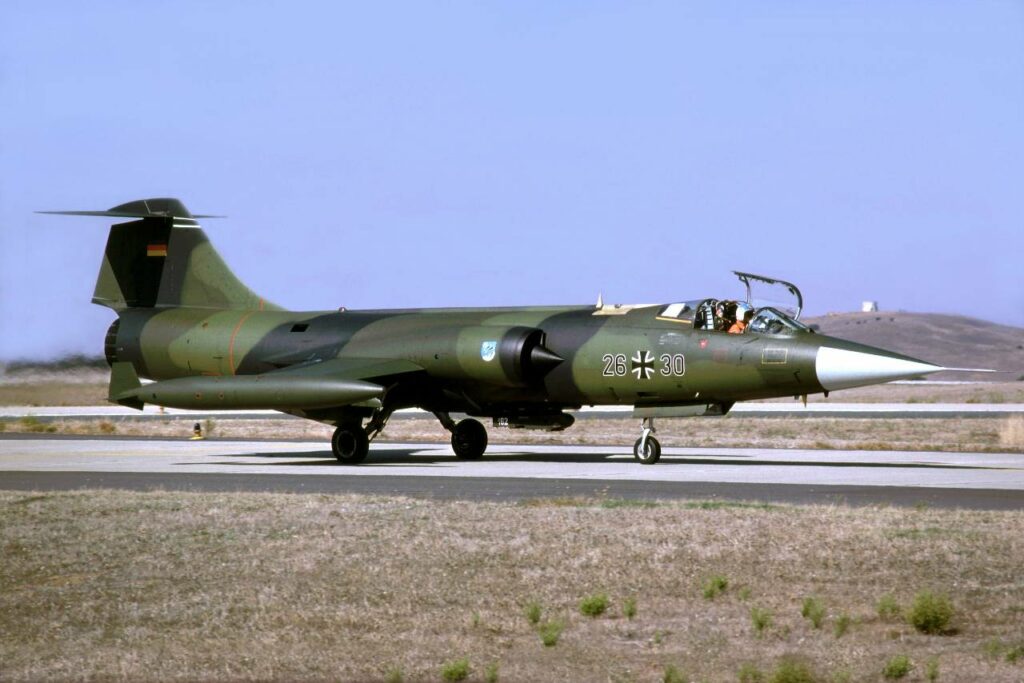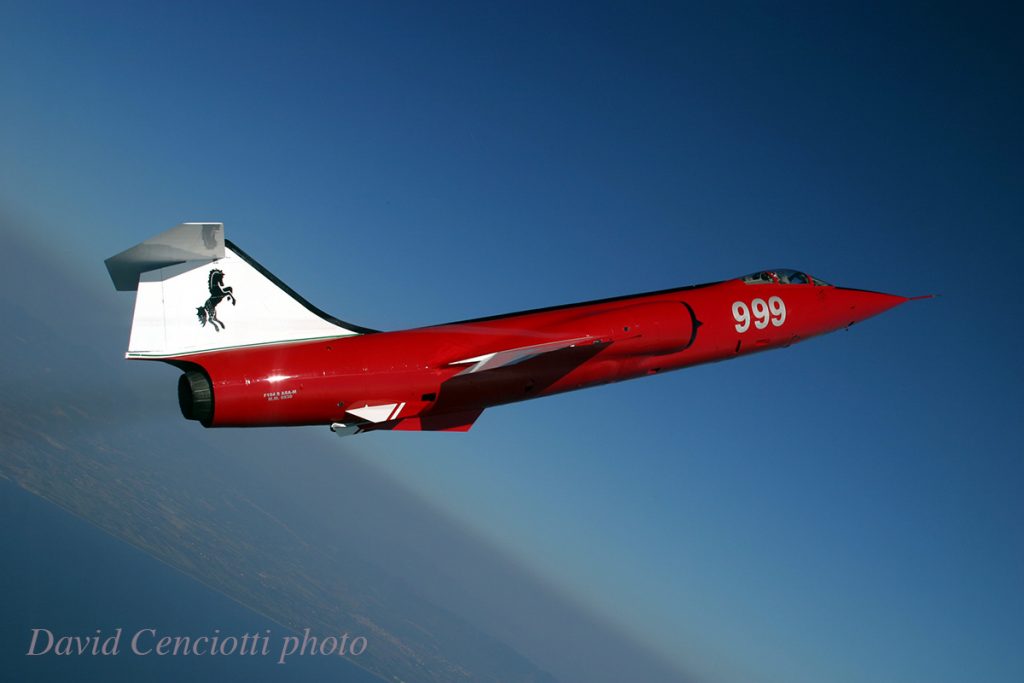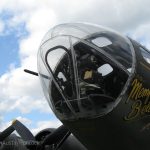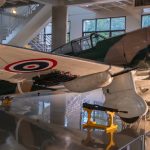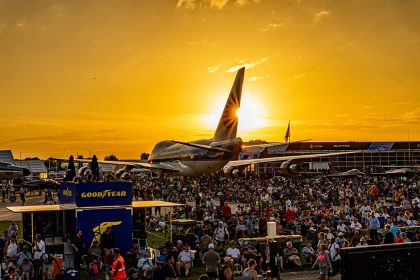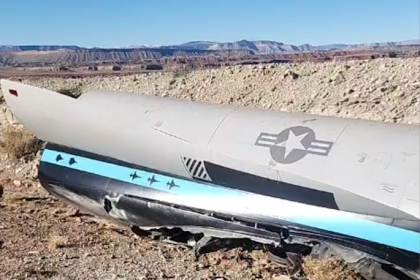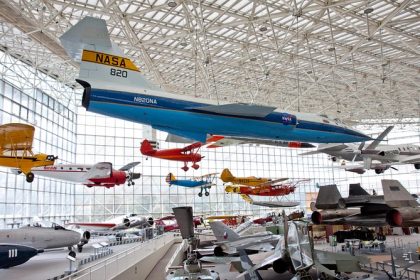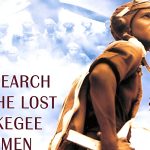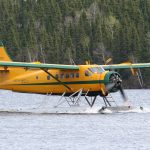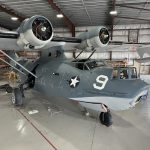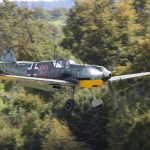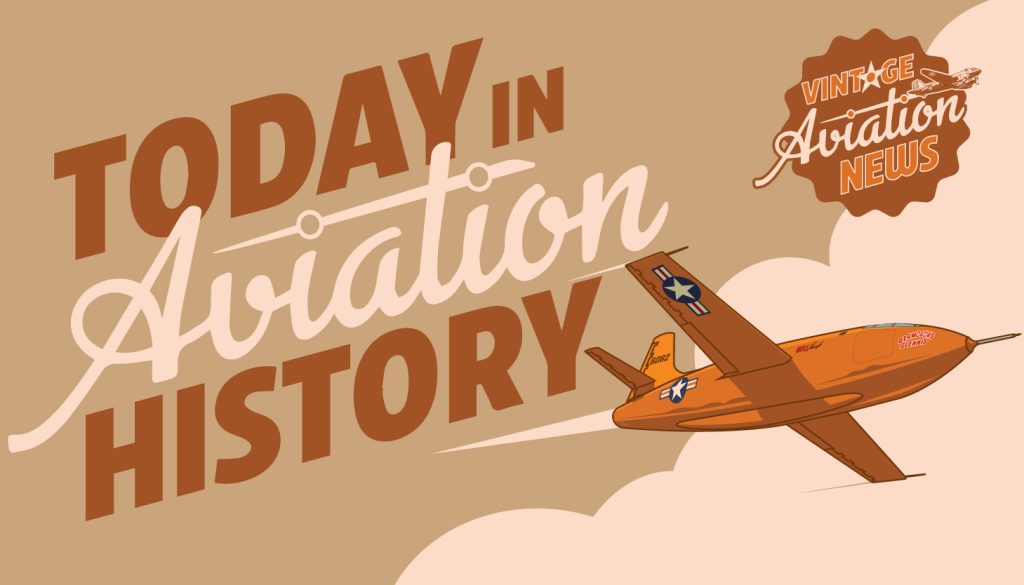
On this day in aviation history, March 4, 1954, the Lockheed F-104 Starfighter took to the skies for the first time. Designed as a supersonic interceptor, the F-104 was extensively used as a fighter-bomber throughout the Cold War. Its distinctive shape set it apart from other single-engine jets of the era. With a long, pencil-like fuselage, short anhedral wings capped with large tip tanks, and a T-tail, the Starfighter bore a striking resemblance to the spacecraft being developed at the same time.
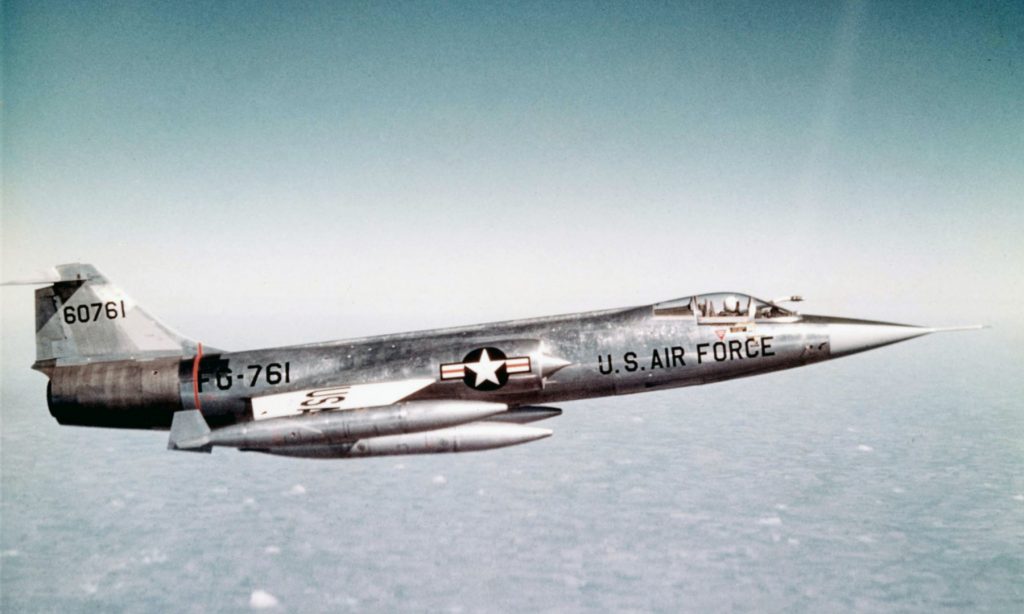
The F-104’s development began in the aftermath of the Korean War, following feedback from pilots who had flown in the conflict. Their consensus was clear: jet fighters had become too large and complex. Lockheed’s response was a radical departure from this trend, resulting in an aircraft that was small, lightweight, and optimized for climb performance. The XF-104 prototype was born from these principles, powered by a General Electric J79 afterburning turbojet producing 15,600 pounds of thrust. This gave the Starfighter a blistering top speed of 1,528 miles per hour. Armed with a 20mm Vulcan autocannon and seven hardpoints for missiles, bombs, or other ordnance, the F-104 was a formidable combat aircraft.
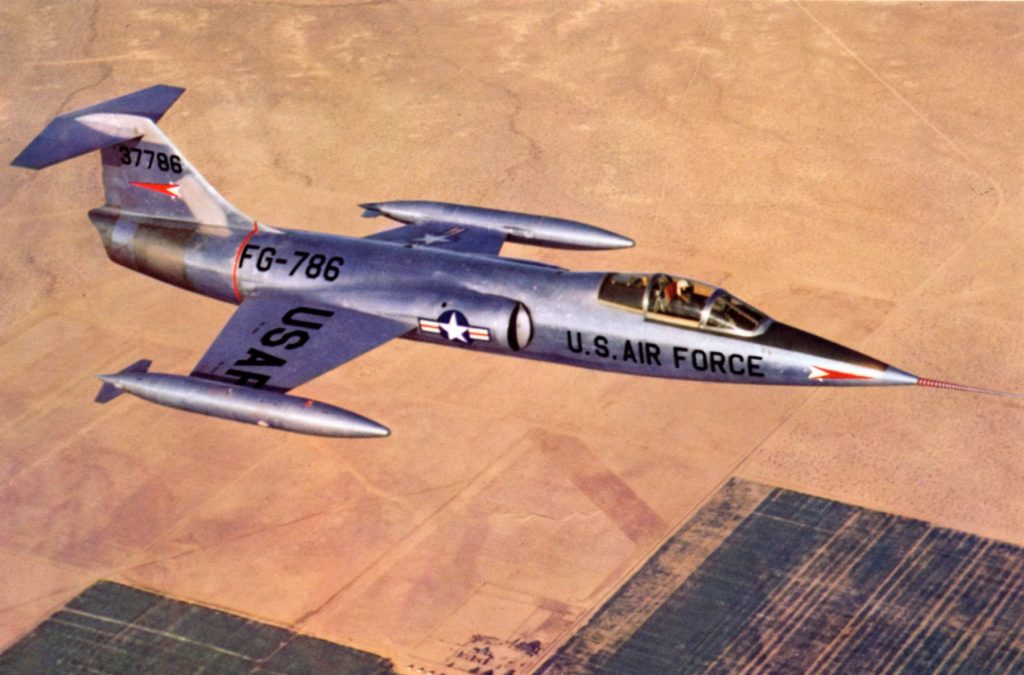
The Starfighter first saw action during the Second Taiwan Strait Crisis. However, its early USAF service exposed reliability issues with the J79 engine, which limited its long-term role in the Air Force. Despite this, the F-104 found success with NATO and allied nations, where it took on a variety of roles beyond its original interceptor mission. West Germany, Canada, Italy, and Japan were among the primary operators of the Starfighter, with Italy keeping the type in service until 2004—a testament to the design’s longevity.
During the Vietnam War, the USAF recalled the F-104C for combat duty, where it served admirably under Tactical Air Command despite its initial shortcomings. It was employed as both a multi-role fighter and a fighter-bomber during the conflict.
Nicknamed “the missile with a man in it,” the Starfighter remains a crowd favorite at airshows today. Florida-based Starfighters Inc. operates a fleet of ex-Italian Air Force F-104s for civilian demonstrations and research flights. And for those with deep pockets, the chance to own one is within reach—Platinum Fighter Sales currently has a 1962 CF-104D model listed for sale, offering a rare opportunity to own a piece of aviation history.







